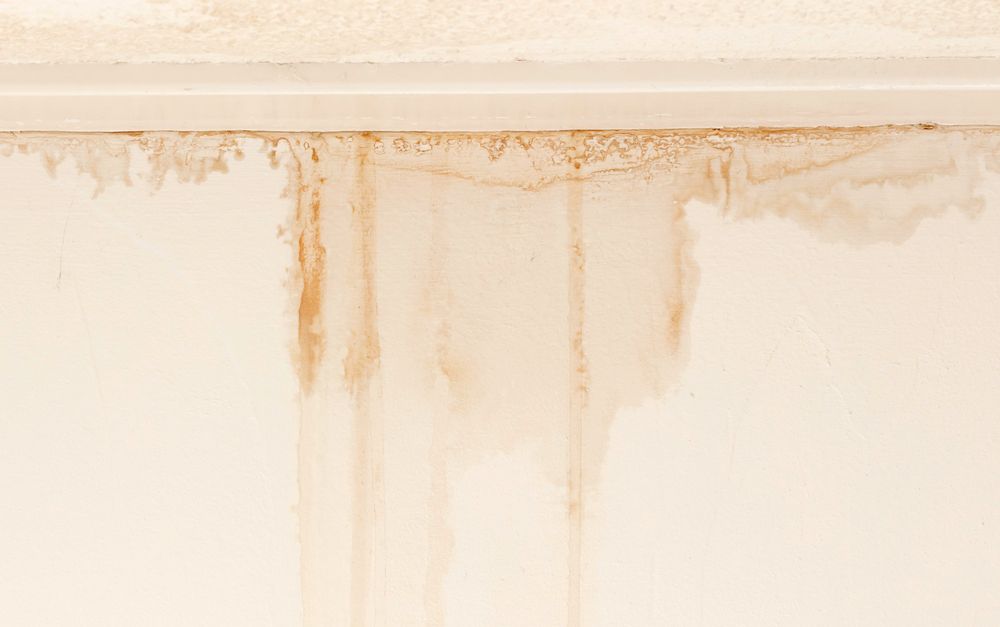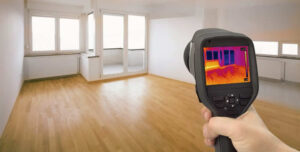Just how to Locate as well as Repair Service Water Leaks-- A Comprehensive Guide
Just how to Locate as well as Repair Service Water Leaks-- A Comprehensive Guide
Blog Article
We've unearthed this post relating to Detecting hidden plumbing leaks listed below on the web and think it made perfect sense to talk about it with you on my blog.

Early discovery of leaking water lines can minimize a potential disaster. In addition to saving you cash, it will decrease the worry and also stress. The minute you locate a leakage, calling your plumber for repair work is the best remedy. Nonetheless, some small water leakages might not be visible. Below are some hacks that aid if you can not spot it with your naked eyes.
1. Analyze the Water Meter
Checking it is a proven way that helps you uncover leakages. If it moves, that shows a fast-moving leak. This indicates you might have a sluggish leak that might even be underground.
2. Check Water Consumption
Evaluate your water costs and also track your water usage. As the one paying it, you must observe if there are any discrepancies. If you detect sudden changes, regardless of your usage coinciding, it suggests that you have leaks in your plumbing system. Remember, your water costs need to fall under the exact same variety monthly. An abrupt spike in your costs shows a fast-moving leakage.
A stable boost every month, even with the exact same practices, shows you have a slow-moving leak that's also gradually rising. Call a plumber to thoroughly check your residential property, particularly if you really feel a warm location on your flooring with piping below.
3. Do a Food Coloring Examination
When it comes to water consumption, 30% comes from toilets. If the shade somehow infiltrates your dish throughout that time without flushing, there's a leakage in between the container and dish.
4. Asses Outside Lines
Don't forget to check your outside water lines as well. Must water seep out of the connection, you have a loosened rubber gasket. One tiny leak can lose tons of water as well as increase your water bill.
5. Assess the situation and also check
House owners should make it a routine to examine under the sink counters and also even inside closets for any kind of bad odor or mold and mildew growth. These two red flags show a leakage so punctual attention is required. Doing routine inspections, even bi-annually, can conserve you from a major trouble.
A lot more notably, if you recognize your house is currently old, maintain a watchful eye on your heating units, hose pipes, pipelines etc. Look for discolorations and also deteriorating as many appliances and pipelines have a life span. They will certainly additionally normally wear away because of tear as well as put on. Do not wait for it to intensify if you believe leaking water lines in your plumbing system. Call an expert plumber right away so you don't end up with an awful mess in your home.
Early discovery of dripping water lines can alleviate a potential catastrophe. Some little water leaks might not be visible. Examining it is a guaranteed means that helps you find leaks. One small leakage can throw away lots of water and also surge your water costs.
If you presume leaking water lines in your plumbing system, don't wait for it to escalate.
WARNING SIGNS OF WATER LEAKAGE BEHIND THE WALL
PERSISTENT MUSTY ODORS
As water slowly drips from a leaky pipe inside the wall, flooring and sheetrock stay damp and develop an odor similar to wet cardboard. It generates a musty smell that can help you find hidden leaks.
MOLD IN UNUSUAL AREAS
Mold usually grows in wet areas like kitchens, baths and laundry rooms. If you spot the stuff on walls or baseboards in other rooms of the house, it’s a good indicator of undetected water leaks.
STAINS THAT GROW
When mold thrives around a leaky pipe, it sometimes takes hold on the inside surface of the affected wall. A growing stain on otherwise clean sheetrock is often your sign of a hidden plumbing problem.
PEELING OR BUBBLING WALLPAPER / PAINT
This clue is easy to miss in rooms that don’t get much use. When you see wallpaper separating along seams or paint bubbling or flaking off the wall, blame sheetrock that stays wet because of an undetected leak.
BUCKLED CEILINGS AND STAINED FLOORS
If ceilings or floors in bathrooms, kitchens or laundry areas develop structural problems, don’t rule out constant damp inside the walls. Wet sheetrock can affect adjacent framing, flooring and ceilings.
https://www.servicemasterbyzaba.com/blog/how-to-detect-water-leakage-in-walls/

As a serious person who reads on Leaking water lines, I imagined sharing that piece of content was a great idea. Don't hesitate to set aside a second to share this entry if you enjoyed it. We enjoy reading our article about Hacks to detect leaks.
Report this page